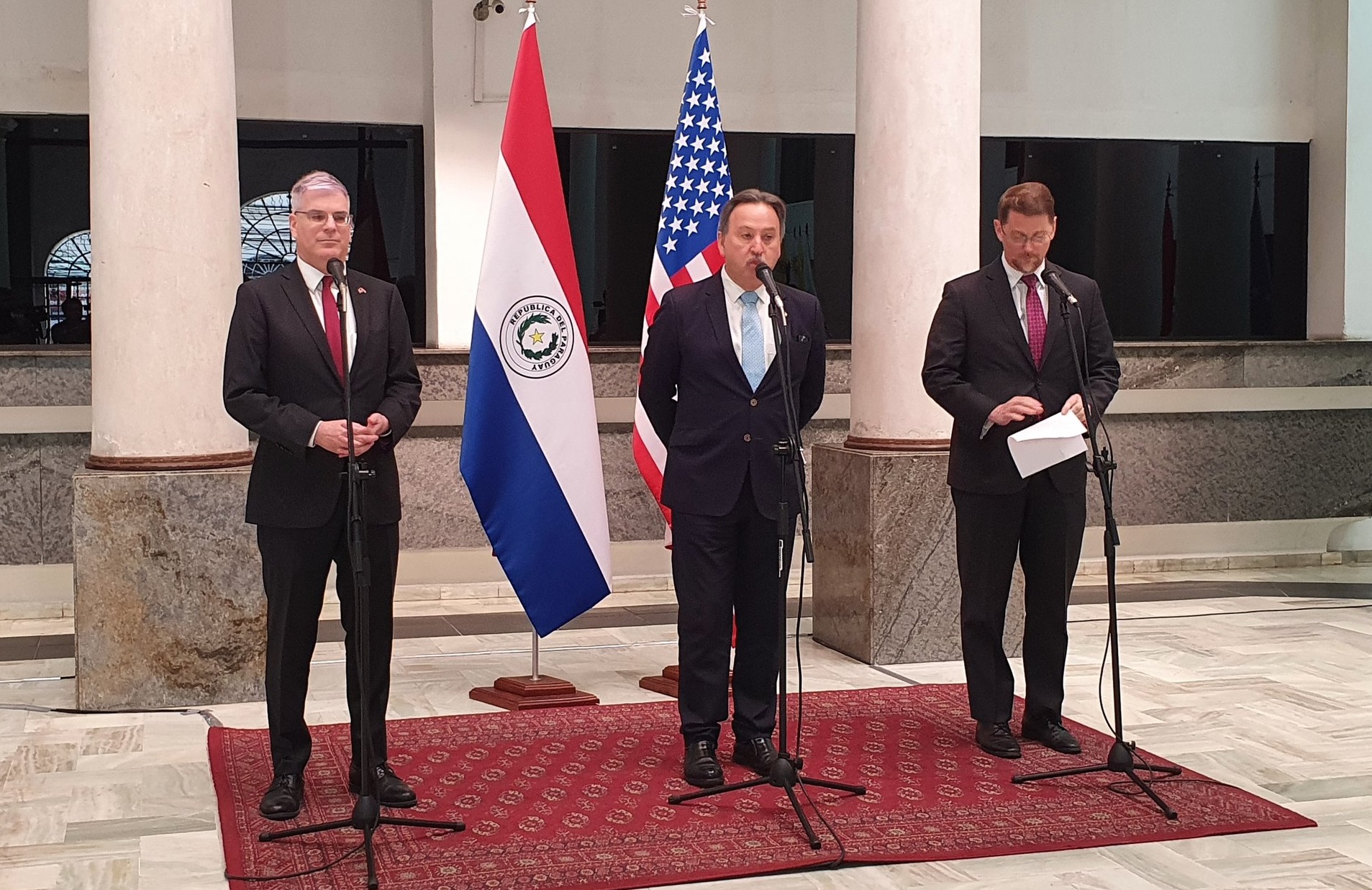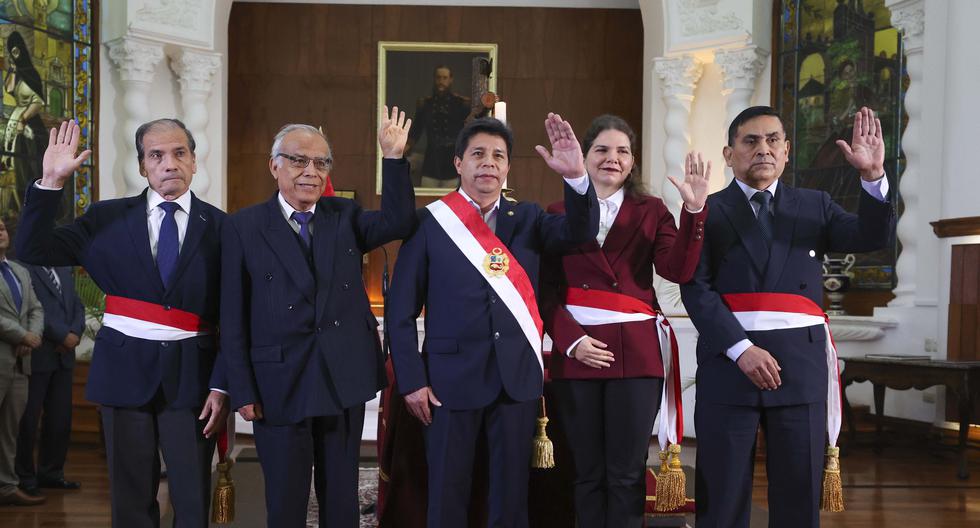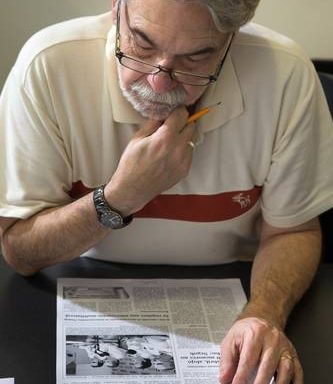The Director of the National Institute of Statistics (INE), Iván Ojeda, spoke at the XXI Meeting of the Executive Committee of the Statistical Conference of the Americas (CEA) of the Economic Commission for Latin America and the Caribbean (ECLAC).
The congress takes place in Santiago de Chile, with the presence of the directors of the ONES (National Statistical Offices) of the region. Jamaica, Paraguay and the Dominican Republic participated in the panel, where it was discussed how censuses are being implemented in the countries that will soon have them, whose experience was quite enriching.
As will be remembered, our country points to the first half of November for the National Census. “The pandemic generated a delay in the approval of the budget credit, in addition to the difficulties of assuming field operations in response to emergency health measures. This implied the suspension of some planned concept tests, the partial completion of others, which led to the need to review the content of the initially proposed questionnaire, with reference to the characteristics of Paraguay”, said the INE Director.
He alluded to the opportunity for the countries of the region to modernize public management through statistical information, underlining that the operation in Paraguay will allow for a Geoportal that will make it possible to territorialize information, with georeferenced images and the use of building technology. footprint (building footprint).
Regarding the communication strategy for the 2022 National Population and Housing Census, which includes the 4th Indigenous Census, Director Ojeda mentioned that the messages will have a high impact.
“It is committed to highlighting the benefits of the operation for the country and its inhabitants, with a tone that brings together the entire population in the so-called civic festival that the Census represents. To do this, it will seek to take over all existing communication channels, both in mass media and in alternative, community, digital media, and especially in social networks”, he remarked.
He noted that audiovisual communication pieces play an important role in arousing public interest in various social networks. She alluded to the slogan “AIME”, which in the Guarani language means I AM, so that each inhabitant of the country says “Present” for the great national operation.
He explained that the availability of the Census web page is also planned, with 2 main subsites: The web page for recruiting census takers and supervisors, which will also be a repository for distance training.
He argued that the launch of the Transparent Census subsite is also being prepared, which will allow citizen control of the census operation. He also highlighted the institutional strengthening and specifically of the Communication area, both in human talent and technological equipment incorporated, as well as in the meticulous task of diagnosing management, where PARIS21 has been a great support, which gives rise to a series of guidelines to continue for the next few years and which becomes the first Communication Strategy of the INE, aligned with the National Strategy for Statistical Development (ENDE) 2021-2030.
In the ECLAC forum that will last until Thursday 25, a series of presentations were previously heard, such as the case of the Director of INDEC of Argentina, Marco Lavagna, current president of the CEA, who mentioned aspects of the recent census experience in that country. and the implementation of the Digital Census; In addition, Eduardo Díaz Ríos from IBGE in Brazil spoke about the process they are carrying out in the complex and extensive work in the South American giant.
The event was opened by the Director of the Statistics Division of ECLAC, Rolando Ocampo, who noted that census processes in the countries of the Americas are essential to go beyond indicators shown by GDP, in order to measure social inequalities, the situation environment and other multidimensional statistics. He also left a message for the participants Stefan Schweinfest, Director of the United Nations Statistics Division.

















